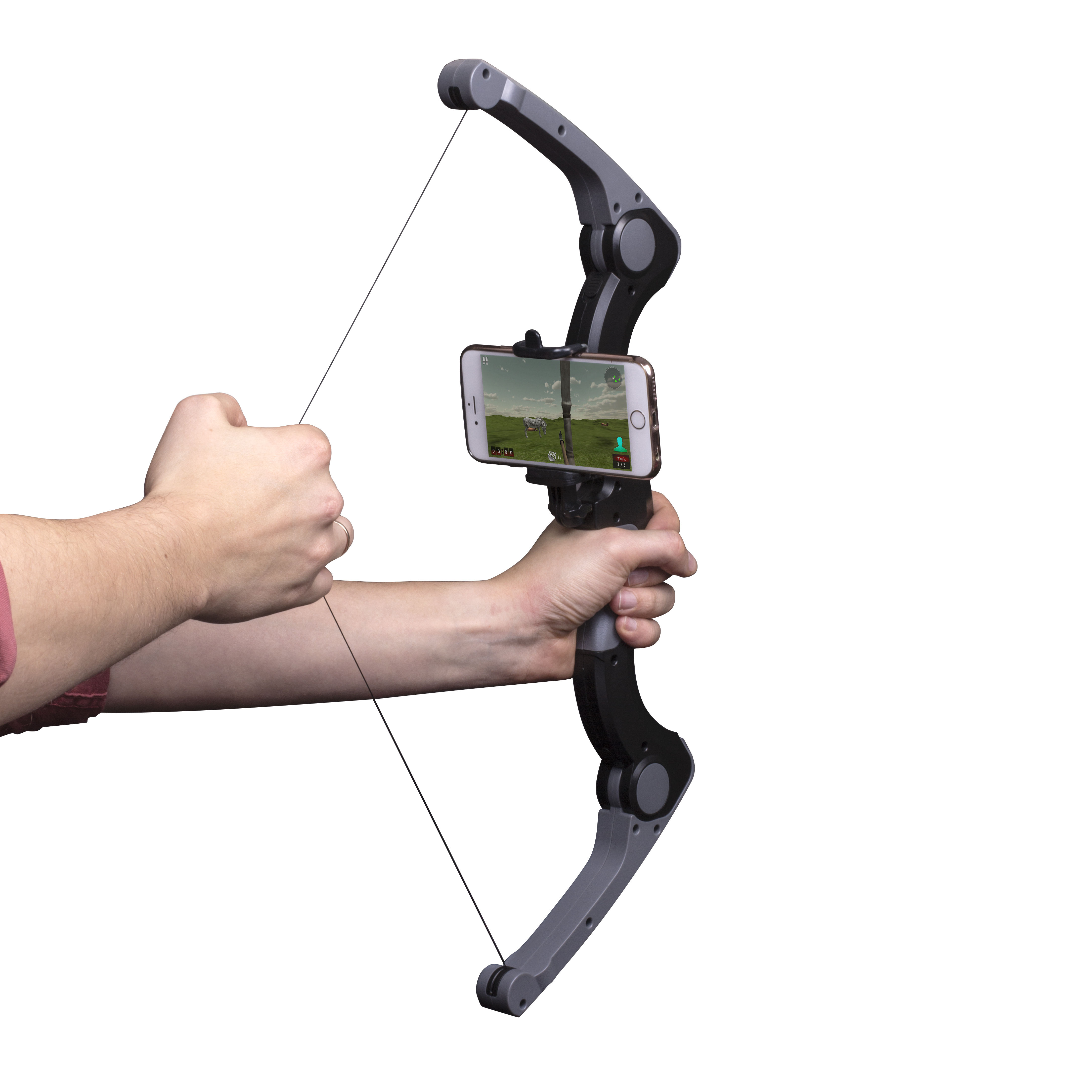- Highly regarded for its accessible writing and practical case studies, Control Systems Engineering is the most widely adopted textbook for this core course cyber exploration laboratory experiments solutions manual - answers and questions, cyber exploration laboratory experiments solutions manual - knowledge database Pre-lab Assignment: 1.
- Cyber Exploration Laboratory Solution Manual Nise Cyber Exploration Laboratory Experiment 3.1 Objectives To learn to use MATLAB to (1) generate an LTI state-space representation of a system and (2) convert an LTI state-space representation of a system to an LTI transfer function Minimum Required Software Packages MATLAB and the Control.
- Cyber Exploration Lab Experiments (requires Adobe Acrobat Reader). Solutions Manual (requires. Nise: Control Systems Engineering, 6th Edition. Experiment 1: Testing for Sugar with Benedict's Solution Our Experiment Predict which foods are high in simple sugars and which foods are low. Foods we are using: strawberries, macaroni Page 5/10.
- Cyber Exploration Laboratory Experiments Solutions Manual Cyber Exploration laboratory experiments. Solution of state equations for different initial time. Cyber Exploration Laboratory Experiment 7.1 Objective: To verify the effect of input waveform, loop gain, and system type upon steady-state errors.
- Cyber Exploration Laboratory Experiments Solutions Manual 11th
- Cyber Exploration Laboratory Experiments Solutions Manual Pdf
- Cyber Exploration Laboratory Experiments Solutions Manual 5th
- Cyber Exploration Laboratory Experiments Solutions Manuals
One of the lengthiest projects we worked on during the semester consisted of creating a solutions manual for the “Cyber Exploration Labs” (CEL) in the 7th edition of Norman Nise’s Control Systems Engineering textbook. Each chapter contains at least one of these labs intended to “allow the reader to verify the concepts covered in the chapter via simulation.”4 Unfortunately, neither the textbook itself nor the teacher’s aide contain any solutions to these experiments, rendering them difficult to implement in an actual lab setting. Our job, then, was to write a solutions manual for every chapter that would be covered in the course (chapters 2 through 9, with the 3rd chapter on state-space formulation being optional). Unfortunately, due to time constraints, we could only finish the solutions through chapter 8, though every chapter’s solutions contain thorough derivations of answers for both prelab and lab questions. While the project presented us with many problems to overcome, we eventually succeeded in creating a detailed solutions manual while furthering our knowledge about control systems.

The primary difficulty with this project was the simplefact that none of us had taken a controls class before, meaning that we neededto learn the subject matter as we wrote the manual. Our process consisted ofreading the chapter, or at least the sections needed to complete the CEL;completing the prelab on paper or with the help of MATLAB; and finally using MATLAB,Simulink, or the tool of Nise’s choice to finish the lab itself. After writingup the prelab(s) and lab(s), we would move on to the next chapter. This provedto be an arduous process at times, but by the end we had not only taughtourselves the majority of a controls class, but we were also able to hone ourproblem solving skills without being in a classroom setting.
Cyber Exploration Laboratory Experiments Solutions Manual 11th
Another issue was the fact that, because there were no official solutions to the problems, the lab instructions were often tedious, vague, or occasionally seemed to assume the reader had knowledge of information from later chapters. For example, the prelab for chapter 2 asks the student to, without the aid of MATLAB, compute very complicated polynomial algebra, all on the order of 4 or higher. By hand they’re nearly impossible, and even with use of a calculator they still take a fair amount of time to compute. Chapter 6’s lab requires the student to find overdamped and underdamped poles of a 3rd degree transfer function that cannot be estimated as one of degree 2. While this is not particularly difficult using the root locus, students do not learn that technique until chapter 8, and would thus be left without any solid foundation to complete the problem.

Figure 1. An example of a result for a particular chapter 4 lab, comparing a few step responses
Aside from learning Controls, though, we also needed tolearn the MATLAB tools the text asks students to use for each problem.Appendices B and E in Nise’s textbook were useful resources, although AppendixE is an online-only appendix that is now difficult to locate. However, many MATLABapplications and functions, particularly the SISO tool needed for chapter 4 andonwards, had to be researched through MATLAB’s wealth of online documentation,since Nise’s information had been based on an older version of MATLAB.
Cyber Exploration Laboratory Experiments Solutions Manual Pdf
Cyber Exploration Laboratory Experiments Solutions Manual 7/18/2018 by admin Cyber Exploration Laboratory Experiment 7.1 Objective: To verify the effect of input. Waveform, loop gain, and system type upon steady-state errors. Minimum Required Software Packages MATLAB, Simulink, and the Control System Toolbox Show.
Cyber Exploration Laboratory Experiments Solutions Manual 5th

Cyber Exploration Laboratory Experiments Solutions Manuals
All of these problems, though, were fantastic experiencein self-teaching and teaching others. Writing a solutions manual and MATLABguides that potential professors or students could understand presented us withan opportunity to become more familiar with technical writing, the MicrosoftOffice suite, and practicing writing that a layman can understand. From anacademic standpoint, we also learned a great deal about Controls and the MATLABControl Systems toolbox—skills which are vital for many fields of engineering.
